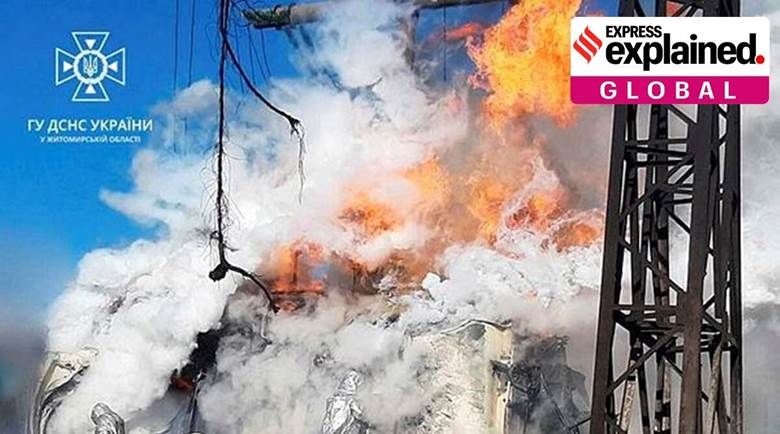Free Courses Sale ends Soon, Get It Now


Free Courses Sale ends Soon, Get It Now



Copyright infringement not intended
Context: German Chancellor Olaf Scholz said Russian President Vladimir Putin was using “energy and hunger” as weapons but his “scorched earth tactics” would not help Russia win the war over Ukraine
Details:
What are scorched earth tactics?
Some past instances:
In India:
© 2024 iasgyan. All right reserved